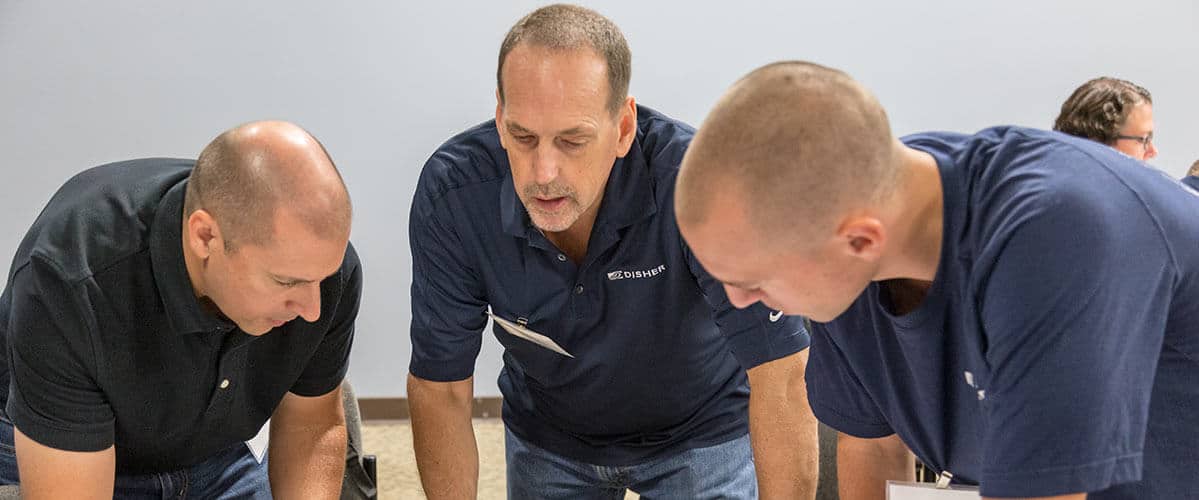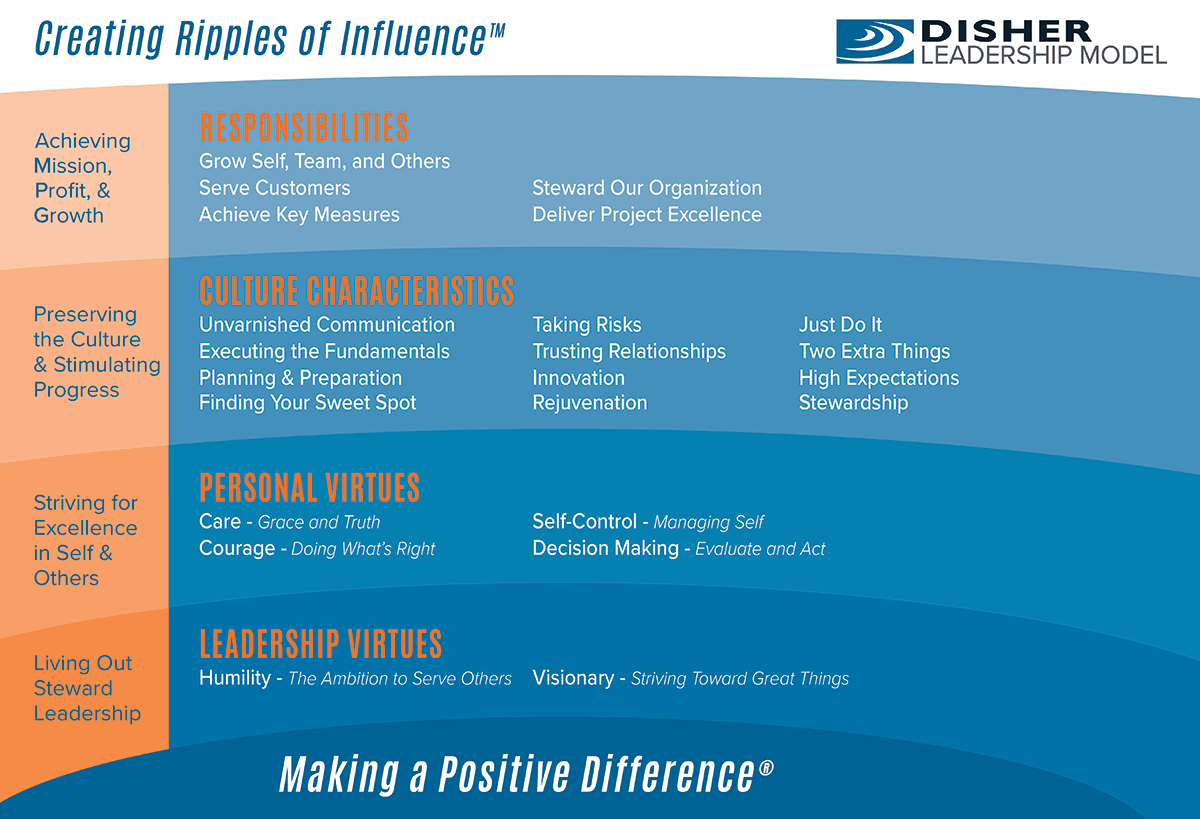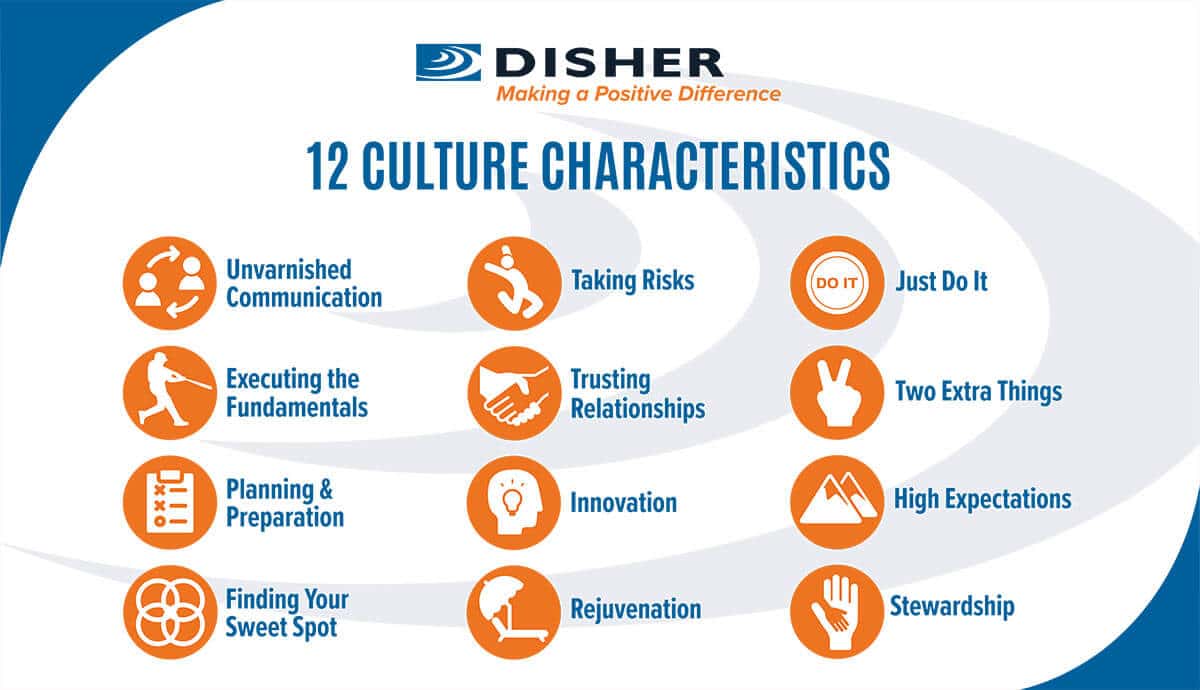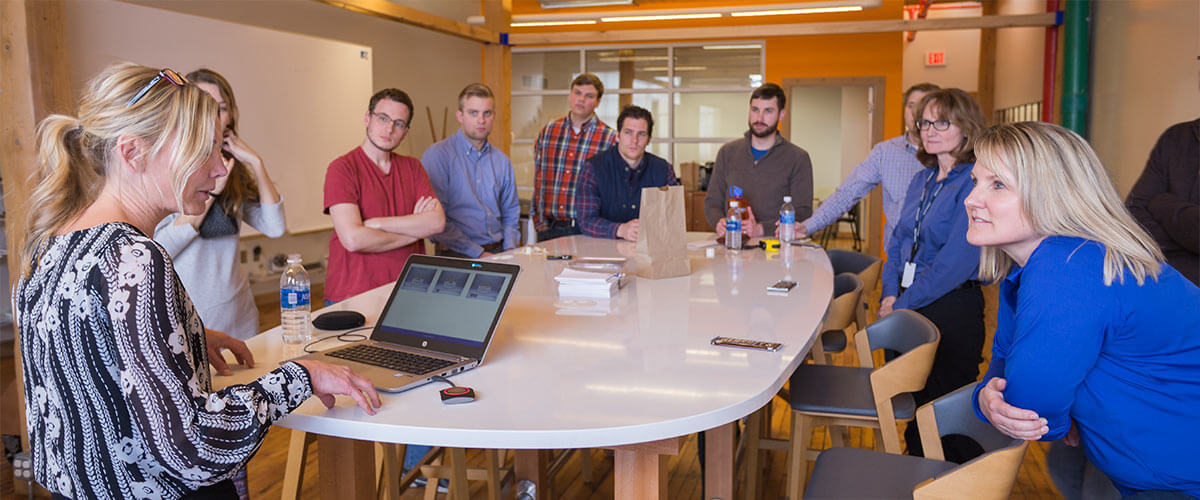Are You the Best Leader You Can Be? (Part 1)
August 31, 2017

Written By:
Bob Soeters | Vice Chair of the Board

Part 1 – Develop a Model for Your Team
How do you grow your leadership abilities? How do you lead your team or organization? If your library is like mine, you probably have a shelf full of best-sellers like: The 7 Habits of Highly Effective People by Stephen Covey, 21 Laws of Leadership by John Maxwell, and Good to Great by Jim Collins. Maybe you’ve studied the leadership styles of famous influencers like Coach Tony Dungy who’s known for his quiet approach while the late, great, University of Michigan football coach, Bo Schembechler, had a more vocal style. All of these resources provide excellent advice to consider. I have found them to be very valuable.
This blog is Part 1 in a leadership series that aims to provide a few helpful tools to incorporate in your leadership journey. The focus of this blog is on the value of creating a leadership model to guide you and your team forward. You can find Part 2 here – Develop a Model for Your Team Part 2.
Develop a Leadership Model for Your Organization
Does your business have a leadership model to guide your team? It takes intentional effort to become the kind of leader who is authentic, caring, and inspiring. What values or character qualities resonate with you and your organization? Our nation’s founding fathers knew how essential it was to exhibit strong character. “I hope I shall possess firmness and virtue enough to maintain what I consider the most enviable of all titles, the character of an honest man,” stated George Washington. As a leadership team, discuss what traits matter to you and create a visual model to remind and encourage every person in your company what effective leadership looks like for your organization.
DISHER’s leadership model partly evolved out of Alexandre Havard’s book Virtuous Leadership: An Agenda for Personal Excellence and partly grew from our own thoughts and experience. Our approach has four Ripples of Influence™(ROI). The bottom two ripples are universal virtues that are foundational. The upper two ripples are more specific to our organization; they include DISHER’s Culture Characteristics and responsibilities. Your organization could create a meaningful model using a similar approach.
Elements in DISHER’s Leadership Model
ROI 1: Leadership Virtues. The virtues of Humility and Visionary lay a solid foundation. Being a visionary leader is a popular leadership trait. Having a strong vision unifies teams to strive toward great things. Humility? This one’s not so common in the 21st century. Humility is the ambition to serve others. These two virtues balance each other well.
ROI 2: Human Virtues. Moral character traits and virtues are essential requirements for leadership. Initially, these virtues came from Plato’s outline discussed in the Republic. They are often recognized in the writings of Christian theology and Classical Antiquity. DISHER’s Human Virtues include:
· Care – Grace and Truth
· Self-Control – Managing Yourself
· Courage – Doing What’s Right
· Decision Making – Evaluate and Act
ROI 3: Culture Characteristics. Our mission statement to Make a Positive Difference drives DISHER’s 12 Culture Characteristics. We emphasize one trait a month throughout the year to remind us how we should live every day.
You may have noticed that there’s a healthy balance between characteristics that are commonly associated with outgoing, charismatic leaders and characteristics that are typically identified with more inward thinking, quiet leaders. Some refer to these as extrovert traits and introvert traits. Being able to develop a personal balance with these characteristics is key to effective leadership.
ROI 4: Responsibilities. Leadership carries with it great responsibility. We focus on five key areas:
· Grow Self, Team, and Others
· Serve Customers
· Achieve Key Measures
· Steward Corporate Opportunities
· Deliver Project Excellence
You may wonder why Growing Self is listed first. This is intentional. Before we can develop others, we must first develop ourselves! If I am not continuously growing my leadership skills, it will be difficult to effectively lead others. DISHER is working towards a Leadership Individual Development Plan (L-IDP) to help our Business Leads and Team Leads achieve significant personal growth and expand their bandwidth over time.
In conclusion, how will you and your team continue to grow as affective leaders this year, next year, and 10 years from now? Start crafting a leadership model for you and your team. Consider your core beliefs and the leadership resources you most value, meet with your team, and develop a first draft. Continue to tweak your leadership model and turn it into a visual reminder for everyone to follow. Publish and train your team on the content of the model. Our model took years to refine and develop just like it does people. It serves as a daily reference point for me.
DISHER’s Business Solutions team offers a variety of leadership, organizational development, and coaching workshops that can significantly impact your team’s performance and the mission, profit, and growth of your organization. If you would like to learn more,
Written By: Bob Soeters, Business Lead – Corporate Officer
Bob Soeters possesses over 30 years of industry experience, working in a variety of roles ranging from manufacturing supervision to strategic planning. He leads several of DISHER’s multi-disciplined engineering teams, leads the corporate growth strategy, and oversees the Finance area. He is also responsible for internal Leadership Development and offers external Leadership Consulting. Bob has been influential in DISHER’s healthy growth, responsible for transformative increases in the organization’s capacity and capabilities.




